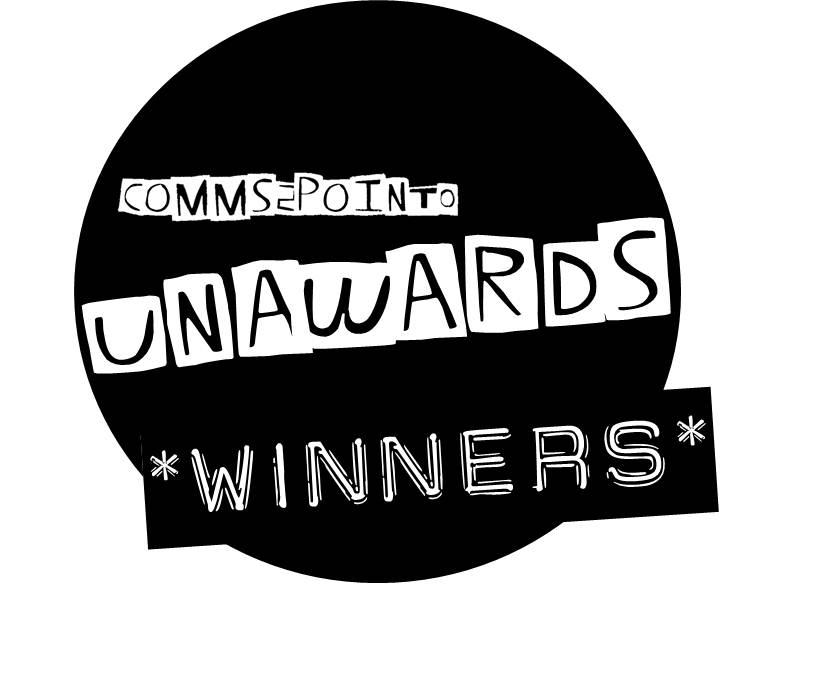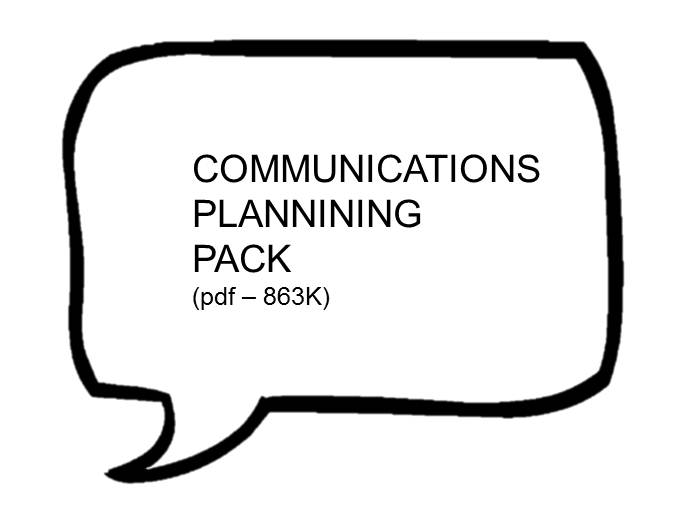 Sunday, June 1, 2014
Sunday, June 1, 2014 the press release is dead theory...? here's the practical
 Further evidence that the press release is not the first thing comms people reach for in the toolbox.
Further evidence that the press release is not the first thing comms people reach for in the toolbox.
We all know it. We’ve been told a million times. The news release is officially, well if not dead, then old news.
We’re still a bit sceptical about this though, aren’t we? Like a bad marriage, we just hang on in there, perhaps for old times’ sake.
But actions, as I always tell colleagues, do speak louder than words and our actions when we had our ‘crisis’ communication plans tested by a major incident recently, spoke volumes.
We were praised by the media for our response yet we didn’t issue a single news release.
I work at a large hospital in Plymouth. It’s always busy. We see and treat patients around half a million times per year. We have 6,000+ staff and I can’t remember a day when we weren’t on someone’s news agenda.
That said, we made a policy decision a few years ago to create our own stories and conversations and speak direct with our patients, their carers and families and our staff through targeted channels including social media.
We still issue news releases to traditional media outlets, but interestingly this often comes at the end of a process of running the story on our website and sharing it with our followers on Twitter, Facebook and Pinterest.
We started the day in question live Tweeting and Facebooking from our Nursing and Midwifery Conference, which we had been building up to with our month-long #WeCare campaign. We had always planned for a busy day but not busy in this way.
We learned that a coach had crashed and staff from our Emergency Department had gone to the scene in Looe about 1.45pm.
Soon afterwards, the hospital declared a Major Incident as we prepared to potentially receive up to 55 casualties – the number of people on the coach. When a Major Incident is declared, our control room is opened, the on-call manager takes the lead and those of us with a designated responsibility turn up and ensure our own plans kick-in. It really is something to be witnessed, as a military-style operation with a magnificent heart, kicks in.
I headed into the Control Room first, followed closely by my colleague. We reported for duty and logged onto one computer, fired-up the laptop, got out our personal iphones and the iPad. We couldn’t get the TV to work but we just viewed and listened to news through the iPad.
We scanned Twitter, Facebook and key websites, such as the Ambulance Trust, police and local news websites. We listened to the updates coming in and gave our own. With one ear to the running of the incident and the other to the way it was being communicated, we got stuck in, communicating with staff internally and to the general world outside our walls, via social media and our own website.
Our first tweet confirmed we had declared a major incident. We were quickly RT’d by the local BBC, ITV and local newspapers. We heard it being given as news on the local radio a few moments later.
We worked hand in hand with our doctors, nurses and other professionals in the control room and gave the updates we could – carefully balancing the need to keep the personal information of those patients arriving confidential.
So in subsequent tweets we confirmed that our staff had gone to the scene to help respond, we had received less than ten casualties in our Emergency Department and we were working hand-in-hand with police and the ambulance service.
While we were all busy making things happen, whatever our role, we were also thinking about the families who had lost loved ones in the incident, as well as those families worried about relatives who were on the coach. We talked to the police and tweeted our switchboard number for anyone worried to call.
Our staff, were, as ever fantastic. Wards and individual members of staff emailed, phoned and walked in to the Control Centre to offer extra staff, equipment and beds – beds in a hospital are like gold dust and the only other time I remember them being so freely available is Christmas!
So as well as giving updates, one of the most important things we did was to acknowledge the great response from our own staff and those in the police and the ambulance service.
So we said this:

and we kept saying it.
We kept Tweeting and Facebooking and used these updates on our website too … and this, with police and ambulance updates, helped create the news stream for the incident as it fed traditional news outlets.
This Facebook post was seen by 3,480 people:

We updated our website and, of course social media but we didn’t issue a single news release. We didn’t have to. Everyone in the media who wanted information follows us. We said the same thing to everyone at the same time. It was both ‘mediated’ by traditional news outlets as they reshaped it for their news bulletins and it was there for all to see in real time direct from the hospital.
The only contact we had with the media was requests from the local radio station, ITV and BBC, for interviews. Nobody called us wanting more information. They just wanted a talking head. We agreed – it was a good opportunity to explain what happens in a major incident and thank staff publicly for their great response – and we had all of these wrapped up by 6pm.
So now I need to update our own Major Incident Plan … do I ditch the traditional news release and finally file for that divorce?
Amanda Nash works in NHS communications.
Stop. STOP! Never ever miss another update. Sign-up for our weekly email and never ever have FOMO (Fear Of Missing Out) ever again.















Reader Comments (1)
Hello Amanda,
That's a great post. Well done to all involved.
But, on press releases, the two Facebook posts are – to me – no different to what a press release looks to do: get information to an audience via a host of channels.
I don't think the press release is dead, certainly not at a time when media outlets are increasingly under-resourced.
Instead, I just think the press release (or whatever else you want to call it) has changed. It could be a YouTube video, a pin, a Google+ post, etc.
I had the pleasure of listening into a recent Hootsuite webinar involving a comms specialist from New York City's emergencies team. One aside she gave was Instagram's rocketing influence for getting information to their audience quickly.
I-heart-NY and it's viva visuals approach.
Press releases aren't dying. They are merely changing. Among the PR-pacesetters, any way.